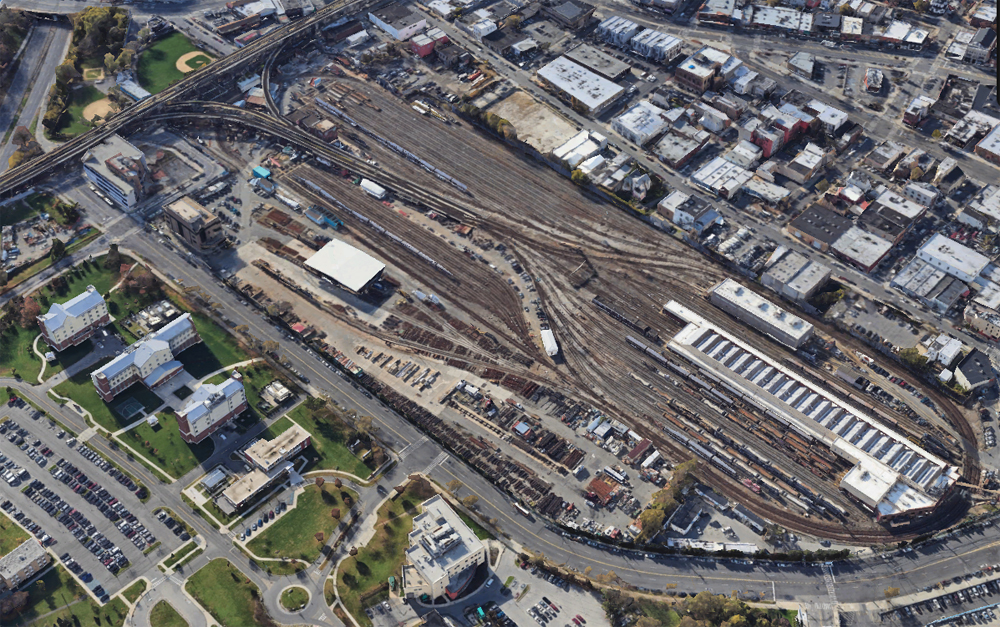
CHICAGO — Spot market prices in the freight transportation sector are trending downward during a time when freight companies typically ship peak volume for the holiday season. High inflation, fears about the economy’s future, and a slowdown in consumer spending mean less freight is needed to replenish already above-normal retail inventories. These circumstances are a stark change from earlier in the year, when West Coast ports were jammed with cargo ships and Class I railroads were metering traffic to inland ports.
An executive at Maersk, a global ocean and inland freight company, stated that freight rates have peaked and are starting to normal in the fourth quarter, driven by less demand an easing of supply chain woes, the Wall Street Journal reports. And in releasing third-quarter earnings, several trucking companies pointed to softer demand in the fourth quarter, rwhen these companies generally are busiest.
For the week ending Nov. 5, the Association of American Railroads’ rail traffic data notes that railroads’ intermodal business was down less than 1% compared to a year ago. For the year, Class I railroads’ intermodal business is down almost 4%, trailing both 2020 and 2021 volume.
A more granular look at Class I railroads’ individual intermodal performance for the fourth quarter reveals that Union Pacific’s intermodal business is up 5%; CSX Transportation is up less than 1%; Norfolk Southern is down 1%, and BNSF Railway down almost 7%. BNSF is the industry leader in annual volume.
Analysts and macroeconomists point to the Federal Reserve’s steady interest rate increases and ongoing inflation that has curbed consumer spending and created new capacity in a supply chain that has mostly been congested since pandemic restrictions lifted last year.
While third-quarter earnings reported strong revenues in ocean freight and trucking businesses, as well as railroads, sector leaders say this is the result of contracts that were negotiated when prices were elevated and capacity was tight. Now, as freight volumes decline and spot prices tumble, revenue may soften in subsequent quarters to reflect surplus capacity.
According to Freightos’ global container index, the average cost to ship a container is now $3,364, down more than 65% from a year ago when prices were $9,411 per container. The average cost to ship a container from Asia to the U.S. West Coast is about $2,702.
Similarly, van spot rates are down 15% year over year and flatbed spot rates are down more than 6%, according to online truckload freight marketplace DAT Freight & Analytics.
Some analysts believe the fast-approaching holiday season will allow retailers to work through their surplus inventories and the supply chain will normalize in early 2023. And by then, the U.S. may have better visibility how the Feds’ increase to interest rates has affected the overall state of the economy. But until then, it would appear the pendulum has swung the other way, and intermodal rail could become a casualty of continued economic unrest.













